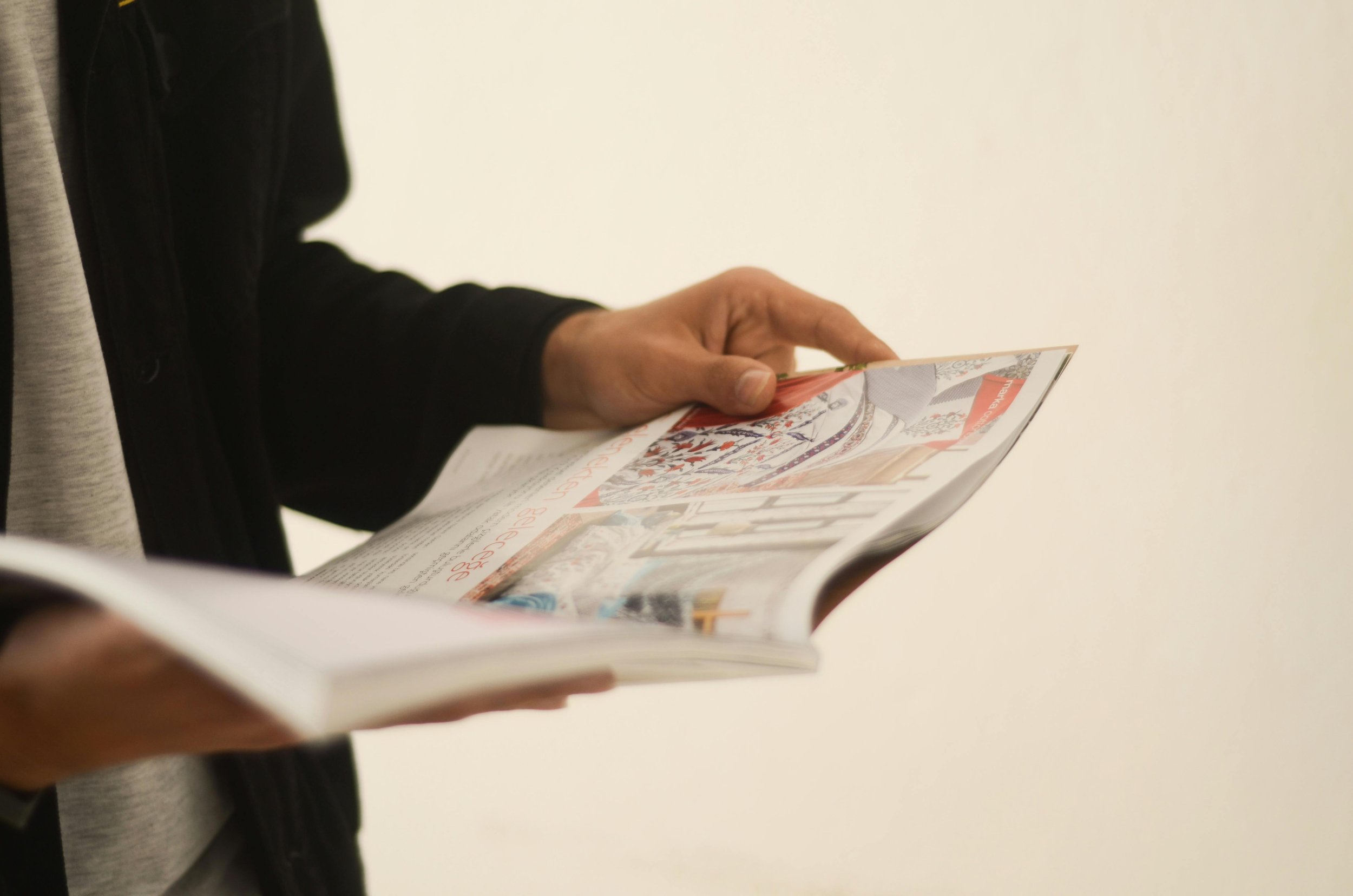The one PR strategy that gets customers buying
There’s no shortage of marketing tactics promising to grow your brand.
Paid ads, SEO, social media, influencer collaborations… the list goes on.
But when it comes to building real trust, PR stands out: third-party credibility.
Here’s why it matters, and how you can use it to turn awareness into sales.
Why third-party credibility works
When a journalist, editor, or trusted publication recommends your brand, it creates instant trust.
It’s not you saying your product is amazing — it’s someone objective saying it.
And that changes everything.
Research consistently shows that consumers trust editorial recommendations far more than they trust ads.
In fact, according to Nielsen, earned media (like press coverage) is trusted nearly 90% more than traditional advertising.
Think about it:
If you see an Instagram ad for a new skincare brand, you might be curious but cautious.
If you read about that same brand in The Times, Stylist, or Red Magazine, you’re far more likely to believe it’s high-quality, trustworthy, and worth your money.
How third-party credibility boosts sales
It shortens the customer decision cycle.
Instead of needing five touchpoints before buying, one trusted recommendation can tip a customer over the edge.
It boosts your perceived value.
Products featured in the media are automatically seen as more desirable and premium, even if nothing else about the product changes.
It differentiates you from competitors.
In saturated markets, PR coverage can be the deciding factor between you and a lookalike brand.
It powers the rest of your marketing.
You can showcase media features on your website, in your emails, in paid ads, and across social media, strengthening every channel you use.
How to use PR to build third-party credibility
1. Pitch for press coverage consistently
Landing features doesn’t happen overnight. It’s all about building relationships, pitching relevant angles and suggesting the right products at the right time — like gift guides, shopping roundups and seasonal features.
The more consistently you pitch (and land) coverage, the stronger your brand reputation becomes.
2. Make it easy for journalists to feature you
Have professional product images ready
Lead with a hook (subject line) that grabs the editor’s attention
Offer a clear product description, price and stockist info
Because editors are busy.
Brands that make their lives easier get featured more often.
3. Shout about every feature you land
Once you’re featured, don’t just sit back.
Add “As Seen In” logos to your homepage and product pages
Share the feature on Instagram, LinkedIn, Pinterest, and TikTok
Mention media coverage in your email marketing
Include press mentions when pitching for wholesale or collaborations
Press coverage compounds over time.
The more your audience sees others trusting you, the easier it becomes for them to trust you too.
P.S. About repurposing coverage
If you’re republishing coverage on your 'owned' marketing channels, you may be contacted by the NLA for a media access copyright license. The Content Works has a helpful blog post explaining the laws – check it out here.
Final thoughts: The strategy that keeps paying off
You can spend thousands on ads, and still struggle to build genuine trust.
Or you can invest in building third-party credibility through smart, strategic PR.
At PR Dispatch, we help brands do exactly that.
From insider pitching advice to press contacts and editor masterclasses, we give you everything you need to land valuable press coverage — without the cost of hiring a PR agency.
Ready to get customers buying with PR that actually works?
Join PR Dispatch and start building the brand trust that fuels growth.



